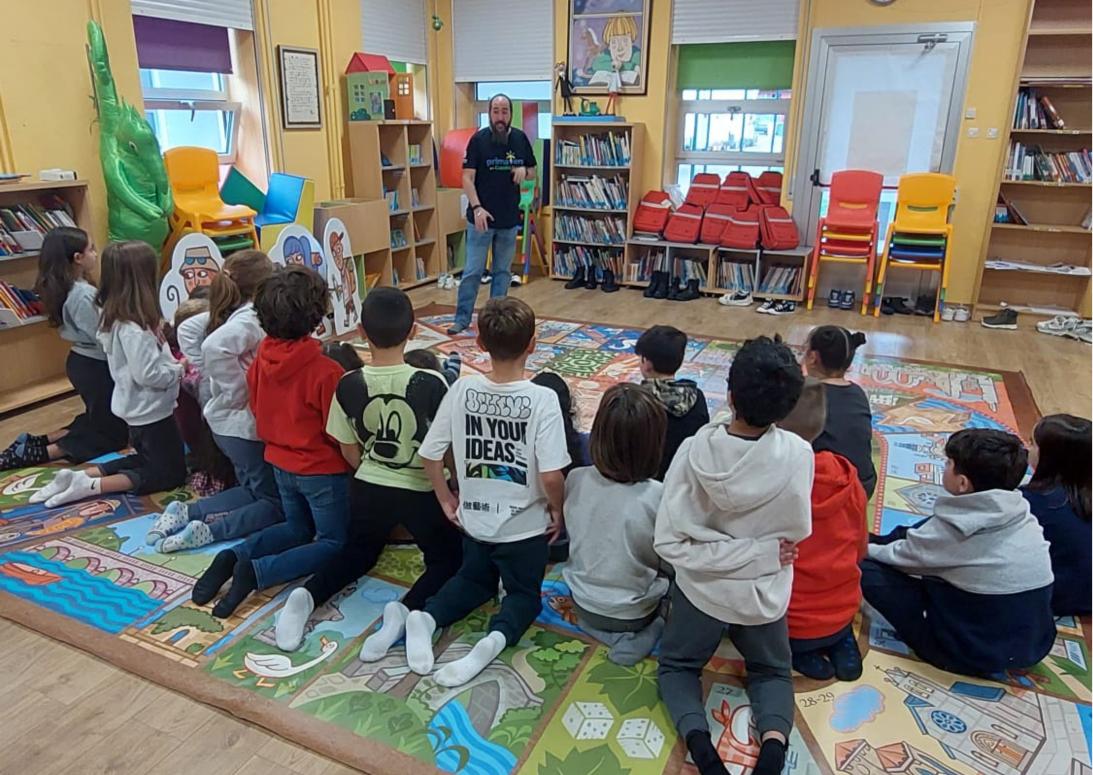The English Way is renowned for its unique beauty and rich history dating back to the Middle Ages. Known for connecting Compostela with pilgrims and travellers from Northern Europe, this path traverses unique maritime and rural landscapes, offering a different perspective on traditional pilgrimage. Now, this historic route ventures into a new realm: education.
With the project "The English Way in School", this ancient path transforms into a didactic tool, bringing its legacy and teachings into the classrooms of schools along its course. This educational approach not only brings students closer to the history and culture of the English Way but also provides them with a unique opportunity to connect with their local heritage in an interactive and meaningful way.
The English Way Game of Goose
"The English Way in School", an initiative of the Association of Municipalities of the English Way, is an educational project aimed at raising awareness and disseminating Jacobean values among primary school students in the 16 municipalities of the English Way. This project offers downloadable didactic materials, focusing on the "English Way Game of Goose", an adaptation of the popular game that highlights the most representative aspects of each stage of the Way from a heritage, cultural, and landscape perspective.
The "English Way Game of Goose" plays a significant role in this educational project. It is not just entertainment but also a symbolic map of the Way, filled with references to bridges, jails, and labyrinths that symbolise the stages and challenges of the Jacobean route. This educational project not only teaches about the Camino de Santiago but also instils values of respect for history and culture. By integrating the game and legend into the classroom, "The English Way in School" offers an innovative and attractive way to learn, inspiring new generations to discover and value this unparalleled heritage.
What is the connection between the Game of Goose and the Camino de Santiago?
The Game of Goose and the Camino de Santiago share an intriguing historical connection, shrouded in mystery and legend. One of the most fascinating theories suggests that the Game of Goose was created in the Middle Ages and is intrinsically linked to the Camino de Santiago. This theory proposes that the game was not just a pastime but a symbolic map or a coded guide for pilgrims travelling the Camino de Santiago.
According to this hypothesis, each element of the game, from the squares to the obstacles, would represent different aspects and stages of the Way. For example, the bridges in the game could symbolise the actual crossings on the route, while the inns and jails would reflect the challenges and experiences faced by pilgrims on their journey. This interpretation of the Game of Goose as a covert map of the Camino de Santiago offers a fascinating perspective on how traditions and history intertwine, revealing the cultural richness and symbolic depth of this ancient game.
It is a unique opportunity to connect the past with the present and foster meaningful and enjoyable learning. We invite educators, parents, and enthusiasts of the Camino de Santiago to explore these resources and incorporate them into the education of young people by LICKING HERE.







Deja una respuesta